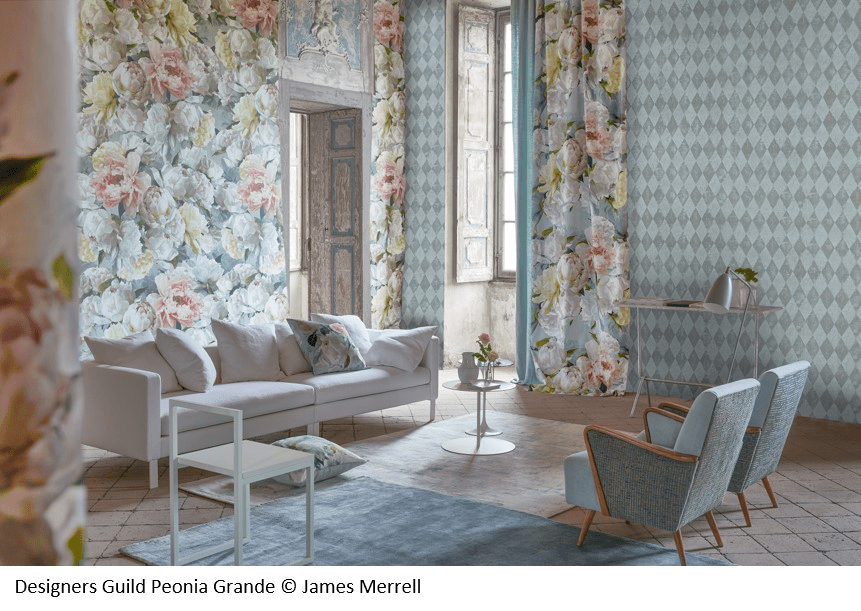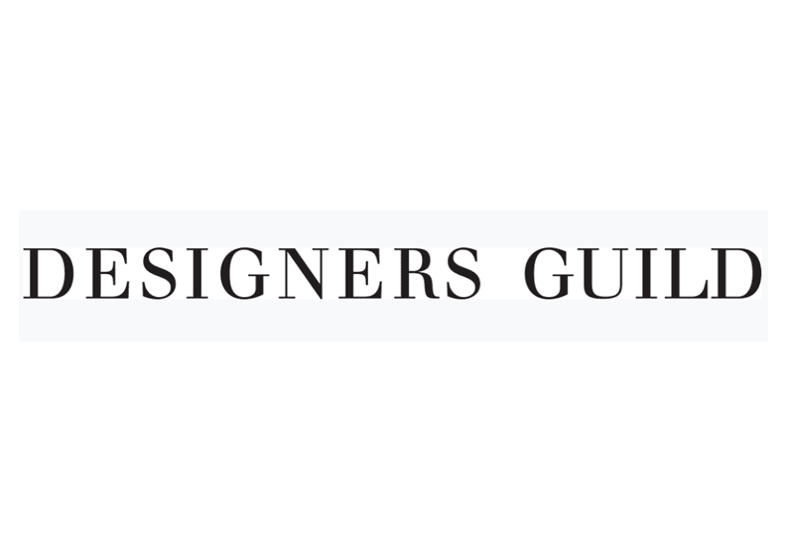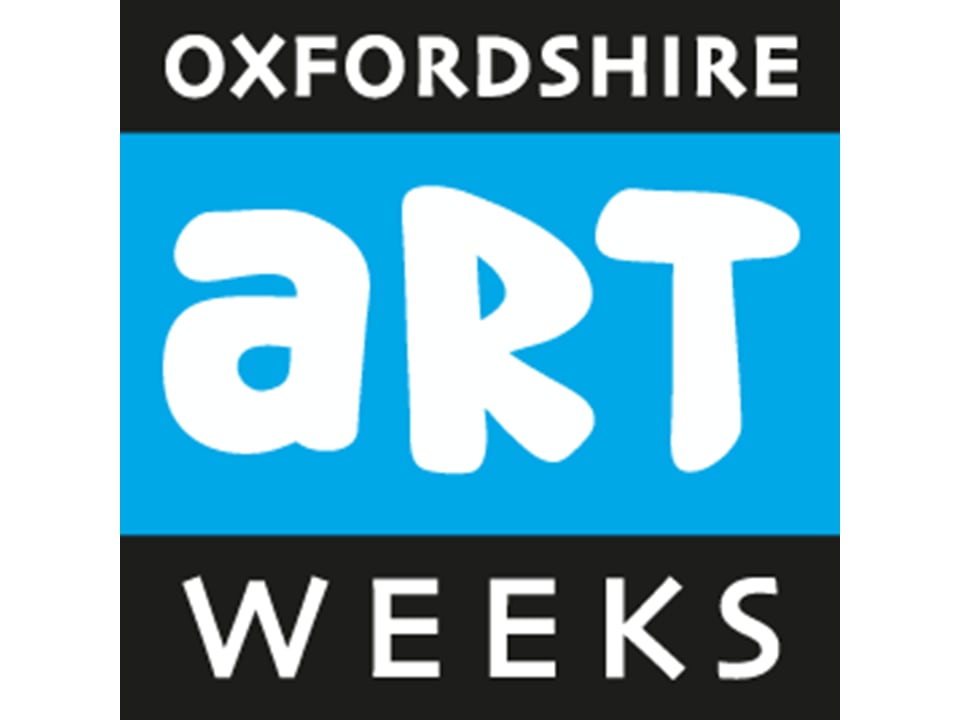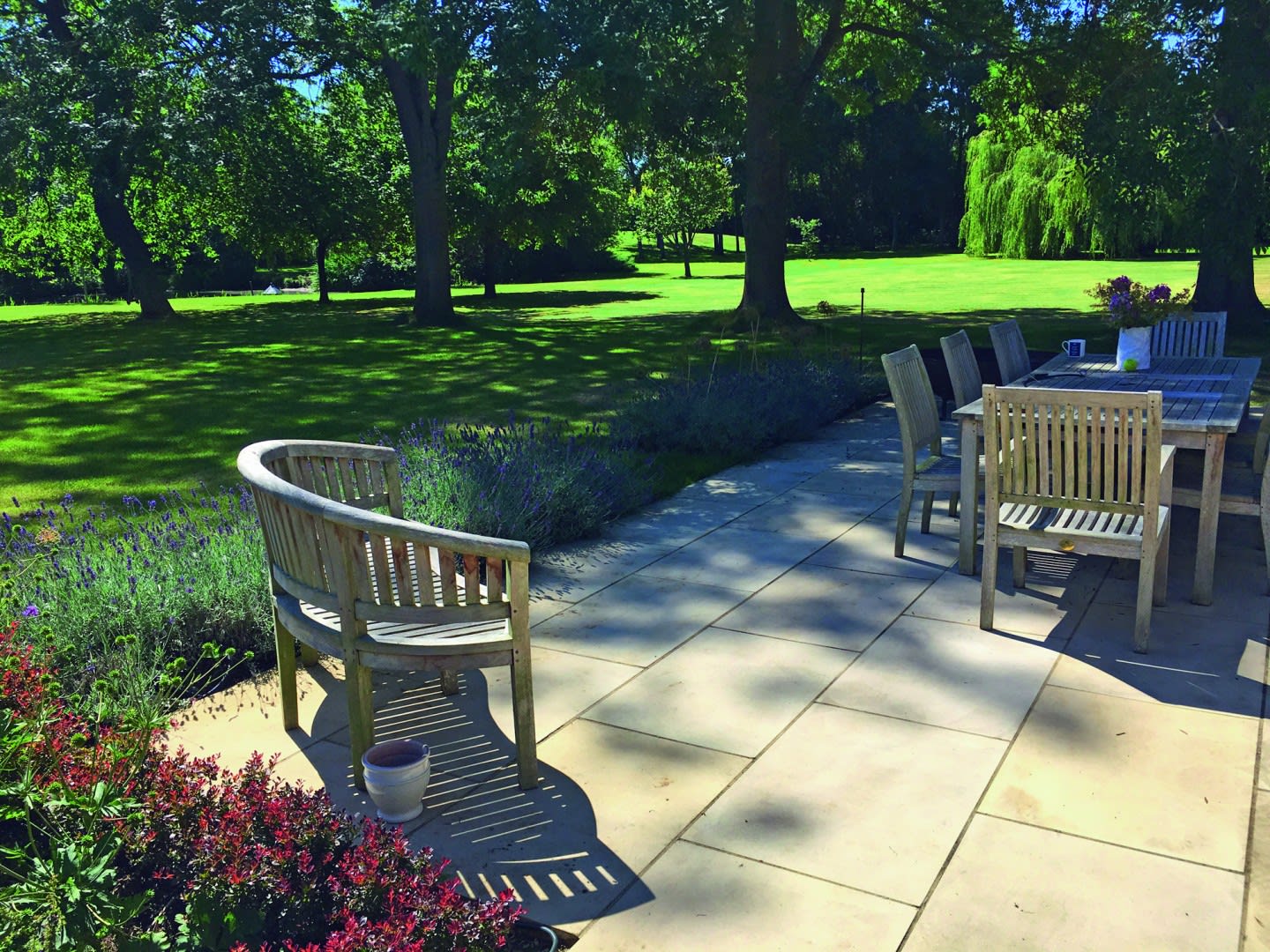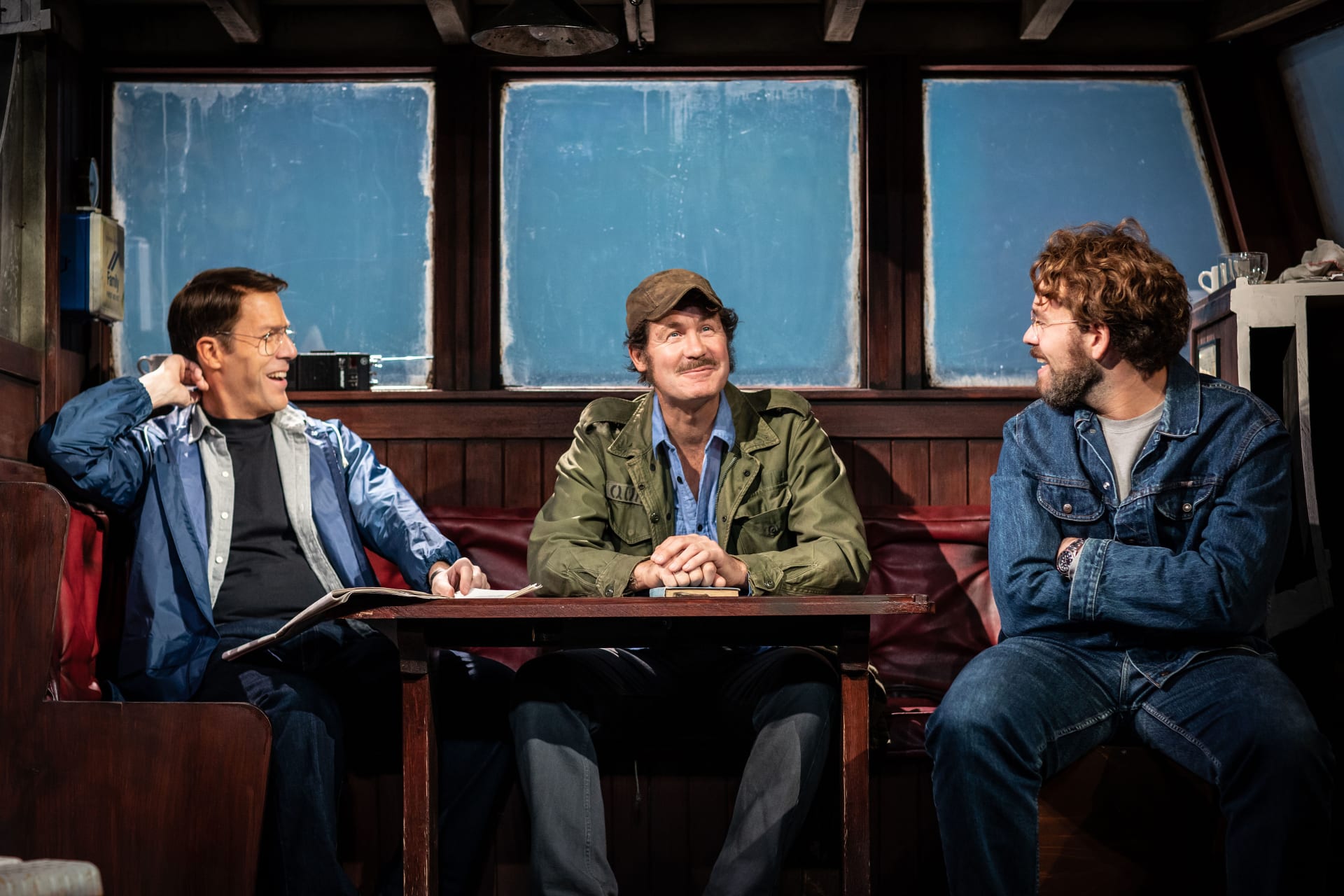This spring, style icon Designers Guild are drawing inspiration from the opulent beauty of 16th century Venetian art. Their fresh take on the city’s elegance, soft style and quiet compelling beauty, and the luminous, translucent quality of Veronese’s frescoes is reflected by some of the artists taking part in the Oxfordshire Artweeks festival in May when nearly 1,000 artists open their studios or present free-to-visit pop-up exhibitions in every corner of the county. It’s (almost) as much of a marvel as Venice’s fairy-tale views and offers those Italian sights here in England’s green and pleasant land.
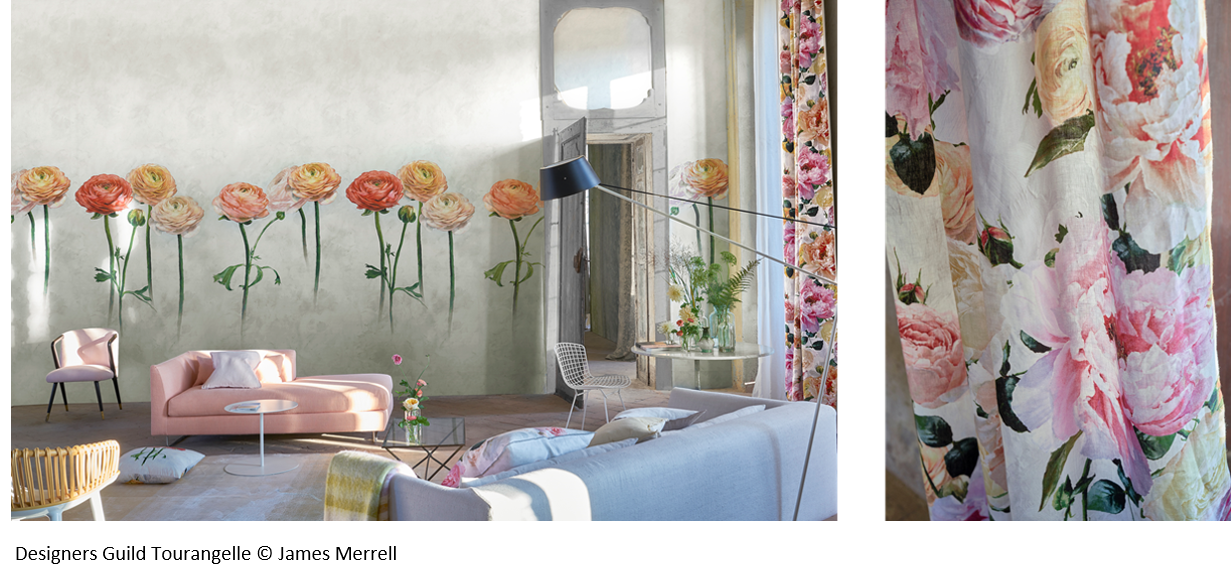
Artist Leila Anderson lived in Italy for 18 months and loved visiting Venice. “It is especially magical out of season, with so many waterways and palazzos to discover. In the autumn St Mark’s Square is painted in pinks and violets with mist coming off the basin. And you can use cyan blue in Italy where the skies and sea reflect that hue. Pencil pine trees are typical of the surrounding landscape which is smothered in sunflowers during the summer.”
Abingdon’s Caroline Ritson particularly loves capturing reflections. “They capture the essence of the city and the time of day and vary as much as the vistas above – with different shapes and striking colours distorted by the ripples. Venice is golden peaches and orange gold with pinks and purples against the bright blue of sky,” she remarks.
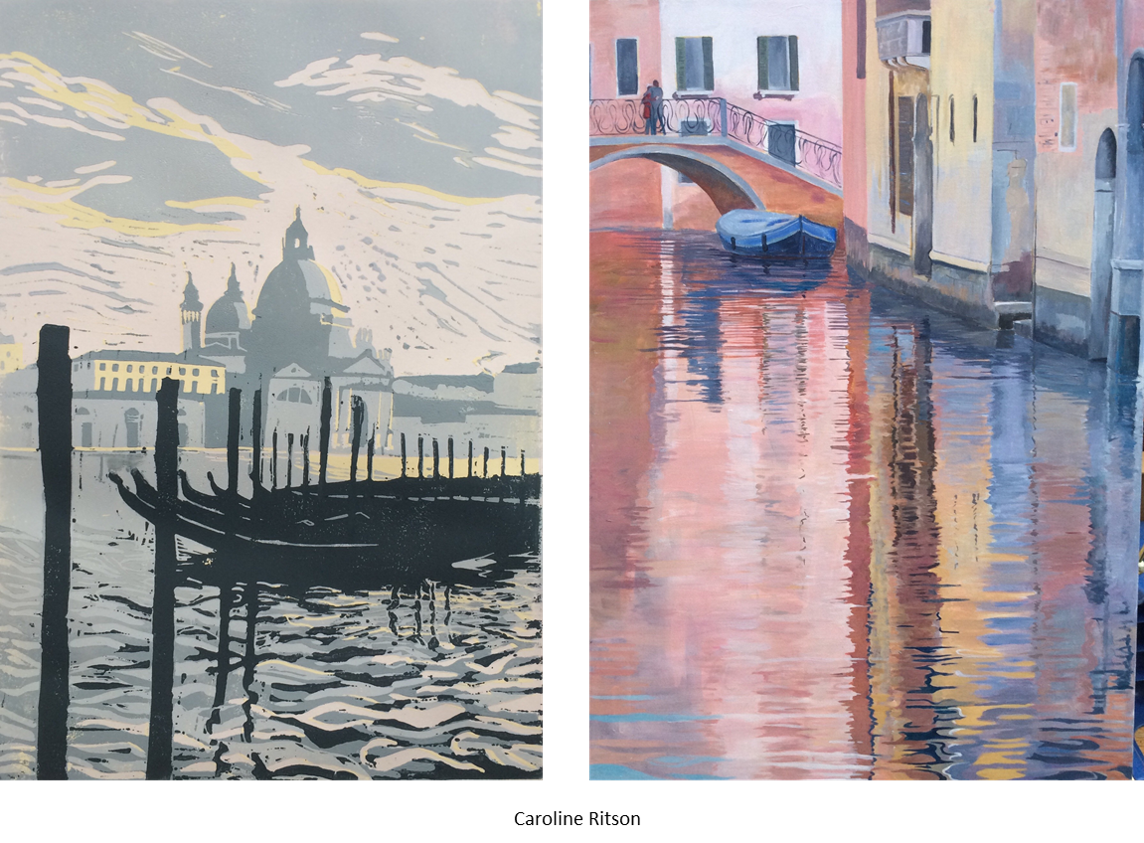
In Brightwell-cum-Sotwell, Bruce Bignold laughingly describes the perils of painting outdoors which he discovered as he painted the doorway of the church of Santi Giovanni e Paolo in Venice. “The locals call it San Zanipolo. I started out in the morning on a hot blistering day in July in the doorway's lovely shade, only to be fried to a crisp as the sun moved round. It wasn’t my best bit of planning.”
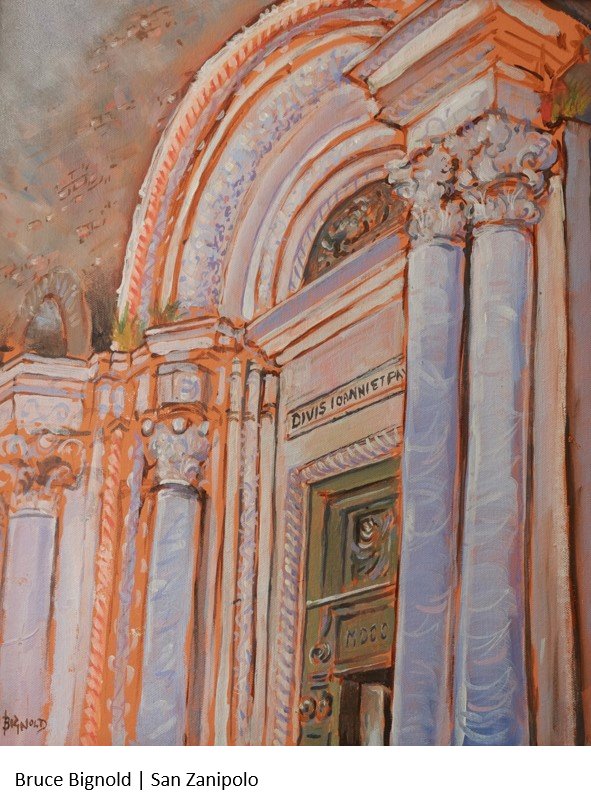
Neil Drury is a Jericho painter and printmaker who used to organise annual painting trips to Venice and made a striking series of Venice prints. “I once heard it described as the Capital of the Imagination,” he smiles, “and that was just right. As an artist, everywhere you look there is something that grabs your attention. The place is steeped in history, every view is spectacular, the light is incredible and there are no cars. Oh, and the food is great too.
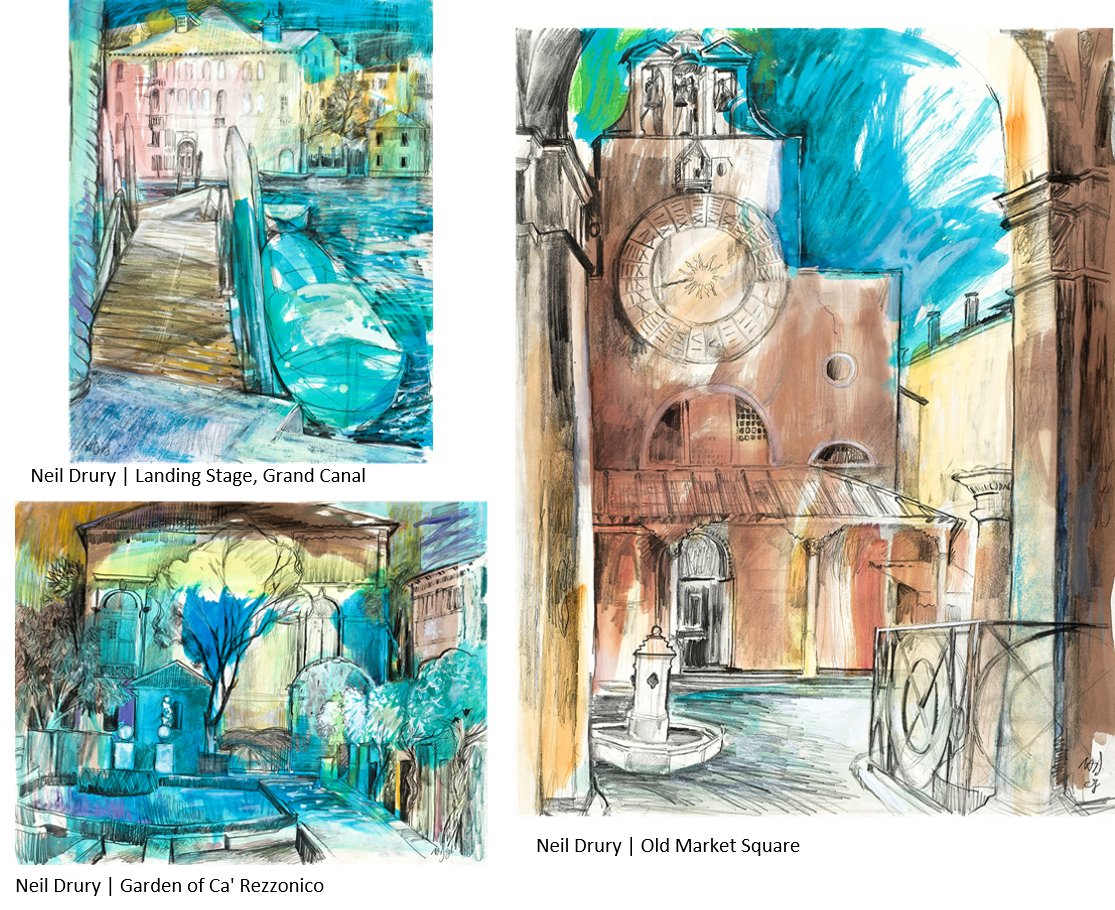
“Most of my art pieces centre on natural or imaginary worlds: Venice fits perfectly in both. I try to make all my pictures rich visual experiences, drawing inspiration from colourist painters, particularly Matisse, Redon and Klee. The combination of natural forms, vibrant colour, and expressive line and texture is a constant challenge. It is also a delight to create something lasting – some small expression of truth made out of colours and paper.
“In the past I have created a lot of pieces using watercolour and gouache, both for their luminous and transparent qualities, and also because of the expressive fluidity of the mediums. Over the years, however, I have also grown more and more fond of pastel, which I found to be a rich, dramatic medium, capable of infinite subtleties of line and texture. I enjoy using pastel in combination with other mediums, and for some time now have been using it in tandem with printing techniques, notably monoprinting.” This is a process in which oil-based inks are painted onto a metal or plastic plate which is run through a hand-cranked roller press. The resultant image is a printed yet unique painting. “I like the ‘painterly’ image that the process facilitates and the fact I can alter the image on the plate until I am happy with it – and only then commit it to paper. The same amount of alterations would not be possible with an ordinary water or oil-based painting.”
Dougie Simpson in Abingdon describes how he enjoyed painting not only the city itself, but the gardens beyond and the flora he found there. “At the time of the decline of trade with the east and the ascendency of the trade with the Americas by Portugal and Spain, Venice went into decline. The rich merchants acquired the fertile land outside Venice where Palladio built stunning villas for them. The leading painter of that time, Veronese, completed the most amazing frescoes for these buildings in stunning soft colours.” And these too have inspired both Artweeks artists and Designers Guild’s new collection.
Venice is, of course, also famous for its glass, made for over 1,500 years on the Venetian island of Murano since the 13th century, Europe's first major glassmaking centre which has both artistic renown and a long history of innovations in glassmaking.
Here in Oxfordshire there’s glass art to discover too – and the soft colours of Wendy Newhofer’s kiln-formed glass pieces in the sophisticated tones of spring combine the elegance and class of 16th century Venetian life with a 21st century approach to design and décor. Creating ethereal hanging wall panels, crisp white-framed pictures and decorative bowls in a welcoming garden studio in Jericho, Wendy is mostly inspired by the natural world although her new abstract pieces pay homage to the intricacies of 50s fabric design and – new for 2019 – she is creating small freestanding glass landscapes.
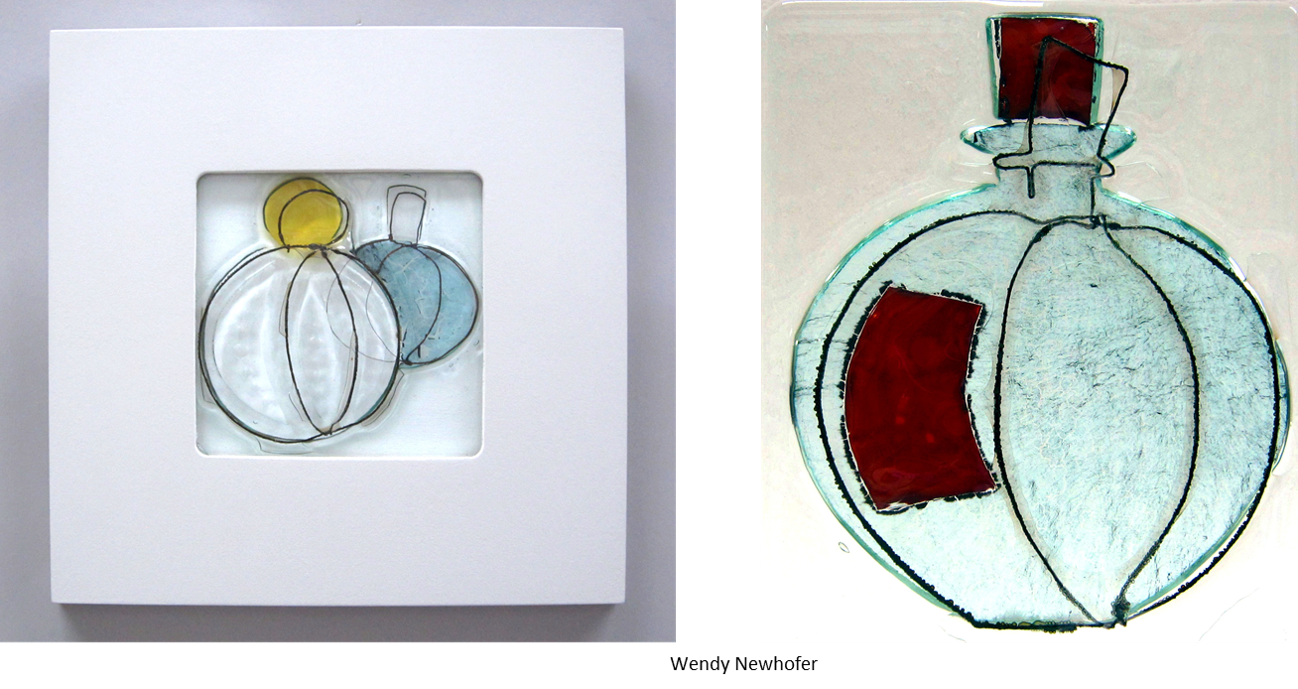
She uses precious metal leaf and wire to draw her designs, layering metallic foils between two sheets of clear float glass – the kind found in windows. “These metal elements enter the kiln shiny,” she explains, “but undergo a metamorphosis in the heat to emerge in soft soothing shades. A copper leaf, for example, emerges as a watery pastel blue, whilst copper sheets turn a deep red and these alchemical reactions can sometimes give rather unpredictable and magical results.”
Much of her art is inspired by forms taken from the natural world, although one series of work, of stylised perfume bottles add a touch of the opulence of golden Venetian interiors to an everyday one.
Visit artweeks.org to see when you can visit these artists as part of the Oxfordshire Artweeks festival (4-27 May). For more information on the Designers Guild current range visit designersguild.com.

